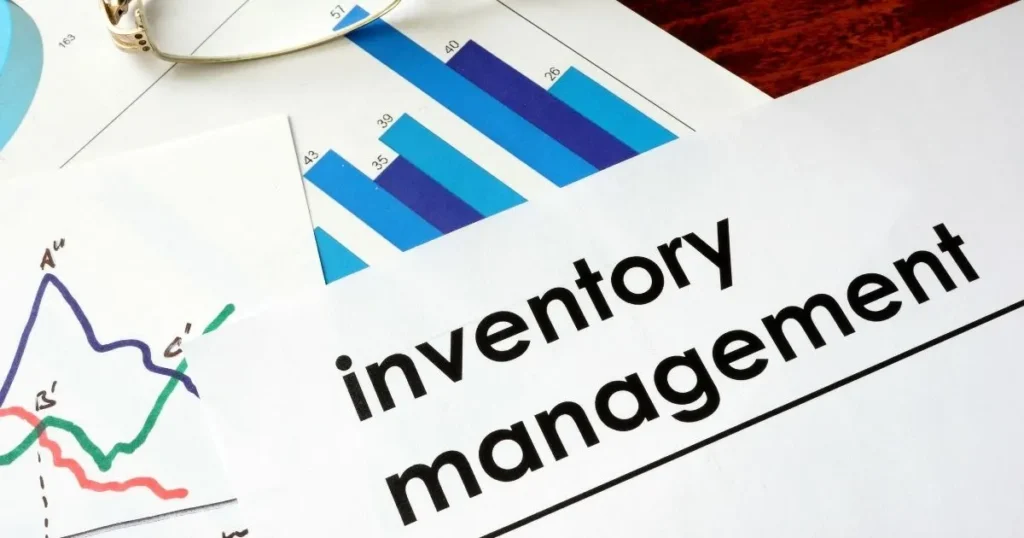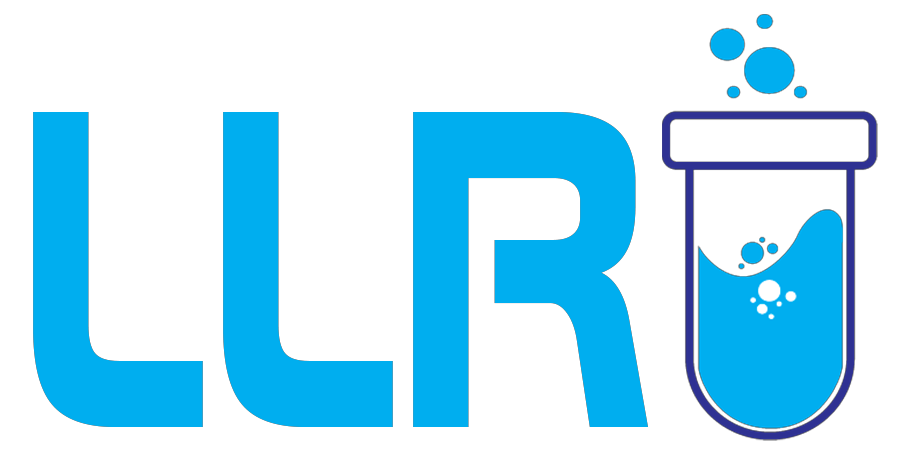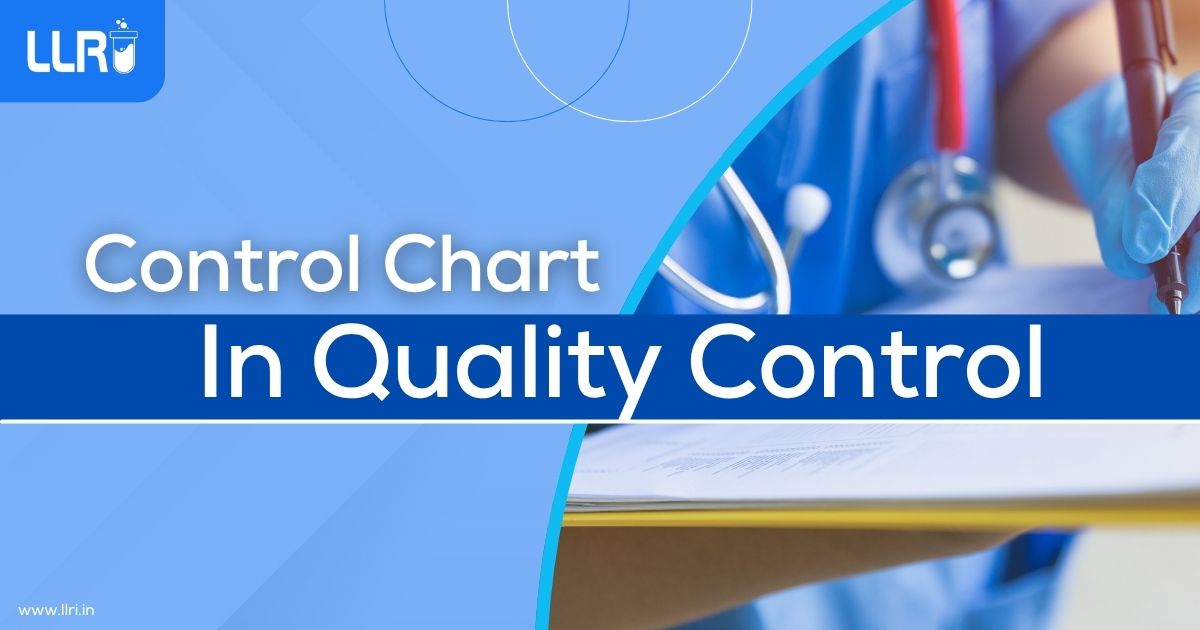Control Chart in Quality Control: Have you ever faced a situation where a process that worked fine yesterday suddenly messes up today and no one knows why? That’s exactly the kind of chaos businesses want to avoid. And that’s where a control chart in quality control proves handy. It’s like having a health check-up machine for your processes.
Whether you’re working in pharmaceuticals, manufacturing, or clinical research, staying consistent in output isn’t just useful, it’s expected. Clients demand it, regulations require it, and successful outcomes depend on it. Control charts help track performance, flag unusual variations, and prevent errors before they spiral out of control.
This blog isn’t just about charts and lines, it’s about understanding the why behind those lines, and how industries, especially clinical research, use them to stay on track. With support from expert institutes like the Learning Labb Research Institute (LLRI), professionals can now learn to use these tools to stand out in the job market.
Let’s explore and decode the use of control chart in quality control, understand the different types, and see how they’re transforming process management, from shop floors to trial rooms.
What is Control Chart in Quality Control?
A control chart in quality control is a statistical tool that helps track process variations over time. Simply put, it tells you whether a process is behaving consistently, or if something’s off the rails.
It plots data points in time order and shows:
- A central line (the average)
- Upper and lower control limits (based on standard deviations)
When your data stays between the limits, you’re likely in control. If it goes outside? That’s your cue to investigate.
“Without data, you’re just another person with an opinion.” W. Edwards Deming
In short, control charts help teams make data-driven decisions not just guesses.

The Role of Control Charts in Quality Control
So, what’s the role of control charts in quality control?
Think of it this way: quality isn’t just about checking the final product; it’s about controlling the process that makes it. And control charts are the watchguards.
Here’s what they help with:
- Detecting trends or shifts early
- Avoiding defective batches
- Reducing waste and rework
- Maintaining compliance in regulated sectors (like pharma or clinical trials)
In fact, clinical research organisations often use control charts to monitor trial consistency, patient enrolment trends, or lab test variability. This makes understanding them essential for professionals taking up clinical research training.
Types of Quality Control Charts
When it comes to quality management, choosing the right type of control chart is key. Let’s look at the major types of quality control charts and how each one is applied in different industries.
1. P Chart in Quality Control
The P chart in quality control is best suited for tracking the proportion of defective items in a sample. It’s ideal for scenarios where products or results are judged as either pass or fail, conforming or not conforming.
For example, in pharmaceutical production, you can use a P chart to check if the proportion of damaged tablets in a batch exceeds acceptable limits. It gives a percentage-based view and is helpful when sample sizes vary.
2. C Chart in Quality Control
The C chart in quality control is used when you’re counting the actual number of defects per unit. It’s not about percentages but about total defect occurrences. This type of chart is useful in quality checks for documentation in clinical research, such as counting the number of missing signatures or incomplete entries in case report forms.
The C chart provides clarity when the sample size remains constant but the number of errors varies.
3. S Chart in Quality Control
The S chart in quality control, also known as the Standard Deviation chart, is used to track variability within a dataset. It focuses on how spread out the values are. This chart is often used in lab settings, especially in clinical trials, where consistent measurement is crucial.
For instance, if blood pressure readings across trial participants start showing higher fluctuation than usual, the S chart will bring attention to that change.
Now let’s explore the rest of the types of quality control charts!
4. X Chart in Quality Control
Also called the X-bar chart, the X chart in quality control focuses on monitoring the average (mean) of a sample. This chart is essential when you want to ensure that a process is staying centered over time. It’s widely used in both pharma and clinical environments.
Suppose you’re producing medicine and you need each tablet to contain exactly 500 mg of a drug. If the average weight begins to shift from this target, the X chart will alert you to it.
5. R Chart in Quality Control
The R chart in quality control, or Range Chart, looks at the spread between the maximum and minimum values in a sample. It’s used to understand short-term variability.
For example, if you’re producing test kits for diagnostics, and the size of a reagent container keeps fluctuating beyond acceptable limits, the R chart can help identify such inconsistency early. It’s especially useful when measuring small samples where the full spread of values matters.

Use of Control Chart in Quality Control
So, how does all this work outside the textbook?
Manufacturing:
- Catching inconsistencies in product sizes, weights
- Maintaining machinery performance
- Reducing rework and recalls
Clinical Research:
- Tracking trial enrolment patterns
- Monitoring lab assay consistency
- Maintaining documentation quality
Healthcare:
- Tracking infection rates in hospitals
- Monitoring patient recovery time fluctuations
In fact, Learning Labb Research Institute (LLRI) includes projects on control charts in their clinical research training centre, so students get hands-on experience with real data.
“Control charts are not just tools; they are visual guides to continuous improvement.”
Why Are Quality Control Charts Important?
Here are a few key reasons behind the importance of quality control charts:
- Predictability: You know what’s likely to happen next.
- Early warnings: You catch issues before they go public.
- Process efficiency: Identify and remove process bottlenecks.
- Regulatory safety: Especially useful in clinical trials, where deviations can cost more than just money.
They make quality management more structured, measurable, and smart, something employers look for in trained professionals. That’s why top-tier institutions like LLRI, known as one of the best institutes for PG Diploma in Clinical Research, emphasise them during coursework.
Learn Control Charts at LLRI
Interested in applying these tools professionally? The Learning Labb Research Institute (LLRI) offers training where you’ll not only learn control chart in quality control but also:
- Trial protocol handling
- Clinical data analysis
- Real case studies involving control chart use
Courses at LLRI are tailored for job-readiness. Here’s a quick look at what they offer:
- Clinical Research Course Duration: 6 months – 1 year
- Clinical Research Course Fees: Varies by module, starting around ₹45,000
- Clinical Research Training: Classroom + Online formats
- Location: Based in India with remote access available
Their holistic approach makes them a go-to clinical research training centre for aspiring professionals.
Could You Spot a Process Out of Control?
Let’s test you quickly. Imagine a drug trial where patient blood pressure is being tracked over a month. The average is 120 mm Hg, with control limits set at ±10. If you suddenly see readings like 140, 135, 138 in a row, what does it tell you?
That’s right: process out of control.
LLRI teaches students to analyse such data confidently using tools like X-bar and R charts. This practical skill translates directly into real job roles in clinical or production setups.
On A Final Note…
If you’re working with processes, be it in labs, on the factory floor, or in trial monitoring, control charts are your best friends. They’re not just graphs; they’re tools that show you the truth behind the process.
Getting trained in them, especially through a clinical research course at a reputed institute like Learning Labb Research Institute, can open doors to high-value jobs in healthcare, research, and pharma.
Whether you’re a student, a fresh graduate, or a working professional looking to upskill: this is your sign!
“Quality means doing it right when no one is looking.” – Henry Ford
And knowing how to track that quality? That’s where control charts come in.

FAQs
What is control chart in quality control?
It’s a statistical tool used to monitor and control processes by plotting data over time and checking for stability.
Where are quality control charts used?
In manufacturing, clinical research, pharma production, hospitals, and service industries.
Are control charts taught in clinical research training?
Yes! LLRI and other top institutes include them in practical modules.
How much is the clinical research course fees at LLRI?
Generally starts at ₹45,000 depending on the module, with flexible payment options.
Which is the best institute for PG Diploma in Clinical Research?
LLRI is a strong choice, offering in-depth and industry-relevant training.

